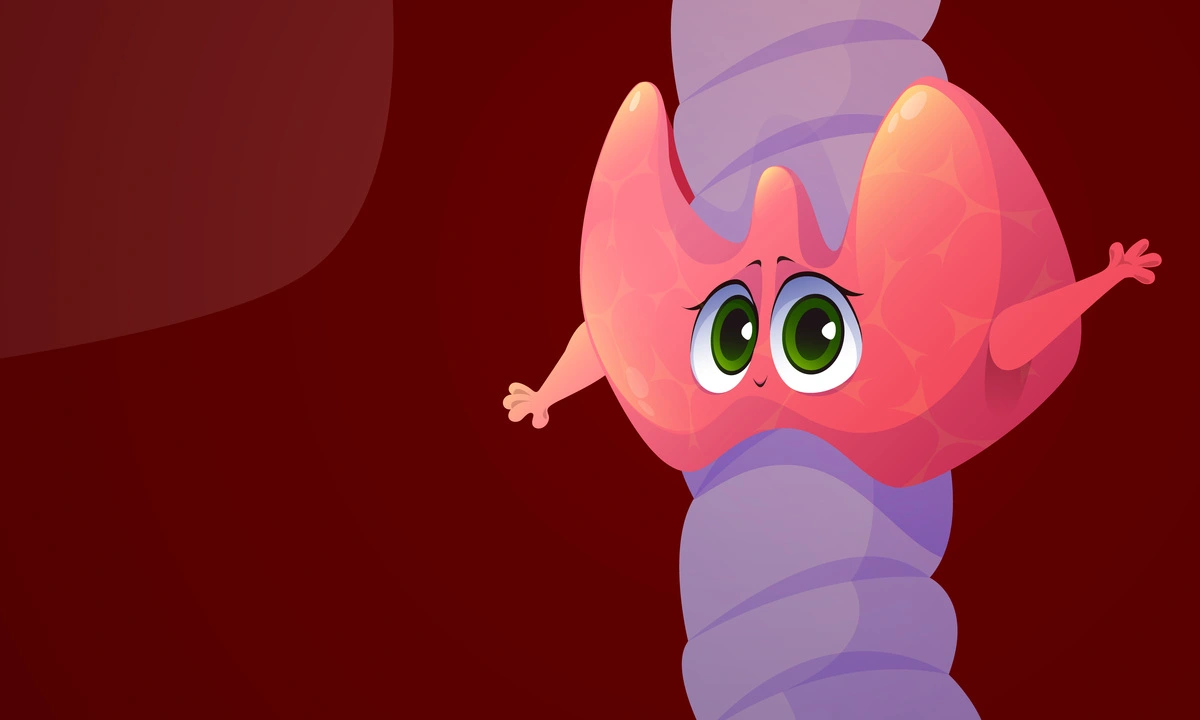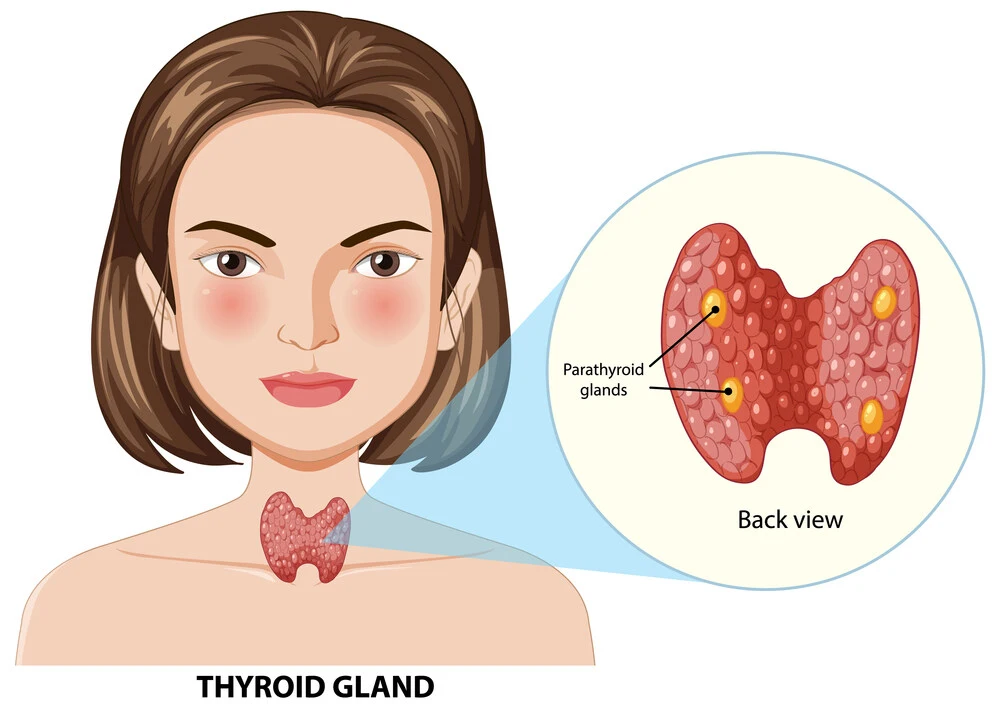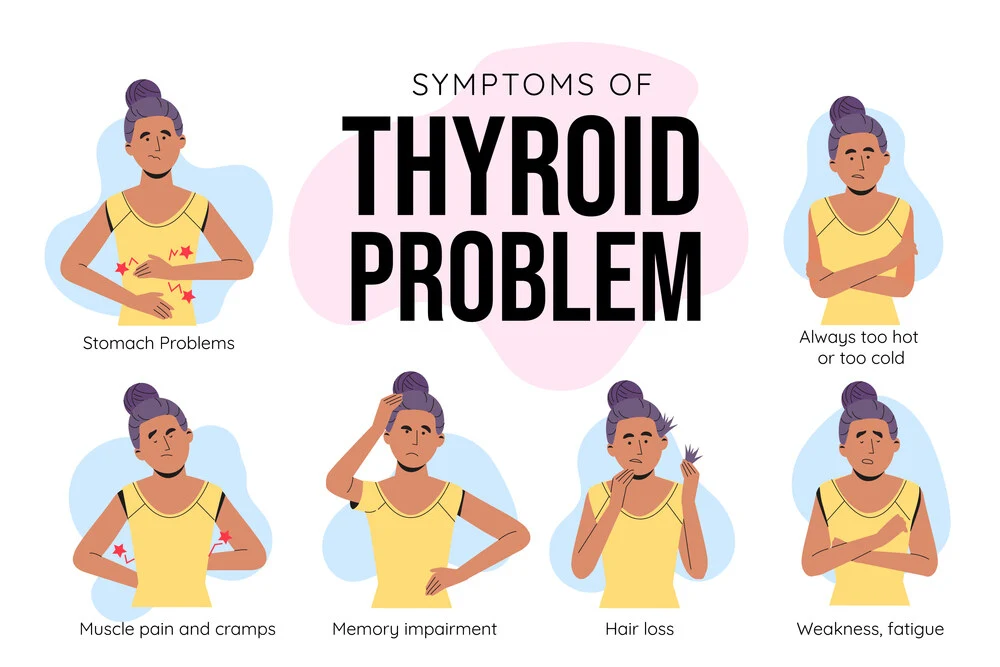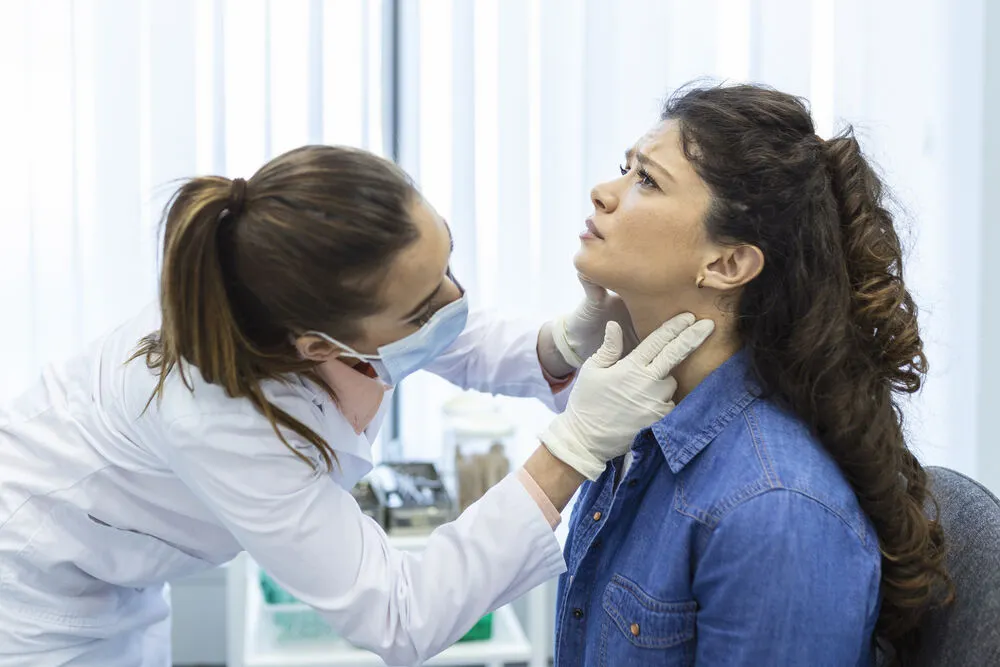Now Reading: Cracking the DX Code for Hypothyroidism: Your Guide to Clarity
-
01
Cracking the DX Code for Hypothyroidism: Your Guide to Clarity
Cracking the DX Code for Hypothyroidism: Your Guide to Clarity

This article unpacks the DX code for hypothyroidism, covering symptoms like fatigue, causes such as Hashimoto’s, and treatments like levothyroxine. With practical tips, recent research, and FAQs, it’s your go-to for managing thyroid health confidently.
Ever wake up feeling like you’re wading through molasses, even after a full night’s sleep? That was me a few years back, before I understood hypothyroidism. As a healthcare writer who’s sat with patients and pored over medical charts, I’ve seen how this sneaky condition can dim your spark. But here’s the kicker: knowing the DX code for hypothyroidism can be your first step to reclaiming your energy. It’s not just a code; it’s a key to unlocking proper diagnosis, insurance coverage, and a treatment plan that works.
Let’s dive into what hypothyroidism is, why it happens, and how to tackle it, all while keeping things real and relatable.
What’s Hypothyroidism, Anyway?
Think of your thyroid as a tiny maestro in your neck, conducting the symphony of your metabolism. When it’s underactive—aka hypothyroidism—it’s like the orchestra’s playing too slow. You feel sluggish, cold, and maybe a bit puffy. According to a 2023 Mayo Clinic report, about 5% of Americans deal with this, with women over 50 hit hardest.

Why Does Hypothyroidism Happen?
So, what causes hypothyroidism? Often, it’s your immune system turning traitor, as in Hashimoto’s disease, attacking the thyroid like it’s public enemy number one. Other times, it’s low iodine—still a problem in some regions, per the World Health Organization’s 2024 data. Meds, radiation, or even thyroid surgery can also tip the scales.
A 2022 study in Endocrine Reviews pointed to viral triggers too, which surprised me when I first read it. Genetics can load the gun, but stress or poor diet can pull the trigger. It’s not just one thing—it’s a puzzle.
Spotting Hypothyroidism Symptoms
Hypothyroidism symptoms creep up like an uninvited guest. You’re exhausted, but not the “I need a nap” kind—more like “I ran a marathon in my sleep” tired. Weight creeps up despite eating the same. For women, signs of thyroid issues in women might include brittle hair or periods gone haywire.
Other clues? Dry skin that laughs at moisturizer, constipation, or a voice that sounds like you’ve been shouting at a concert. A 2024 Harvard Medical School newsletter flagged untreated cases raising heart risks—yikes.

Decoding the DX Code for Hypothyroidism
Here’s the deal: the DX code for hypothyroidism, E03.9, is the go-to for unspecified cases in the ICD-10-CM system. It’s like a universal key for billing and tracking. But there’s nuance—E03.2 covers drug-induced hypothyroidism, and E89.0 is for post-surgical cases.
Why care? Accurate coding means smoother insurance claims and better care coordination. The CDC’s 2024 coding guidelines stress this for public health data too. If you’re a clinician, double-check the patient’s history to nail the right code.
Can Hypothyroidism Be Cured?
Quick answer: Can hypothyroidism be cured? Usually, it’s a lifelong gig, managed with meds. But temporary causes, like post-viral inflammation, can sometimes resolve fully.
The game plan? Hormone replacement, typically levothyroxine. A 2023 Journal of Clinical Endocrinology study backs this as the gold standard. You start low, tweak based on blood tests, and suddenly, you’re not freezing in July anymore.

Hypothyroidism Treatments That Work
dx code for hypothyroidism treatments hinge on replacing what your thyroid can’t make. Levothyroxine pills, like Synthroid, are the MVPs, often showing results in weeks. For trickier cases, adding T3 hormones can help, per a 2024 Endocrine Society guide.
But don’t stop there. Foods rich in selenium—like a handful of Brazil nuts—support your thyroid. Gentle exercise, like a morning walk, fights fatigue without draining you.
Pro Tips: Take Charge of Your Thyroid Health
Want to feel like you again? Try these practical steps, honed from years of patient chats:
- Get TSH tests every 3–6 months—aim for 0.4–4.0 mIU/L.
- Eat zinc-rich foods like pumpkin seeds; skip raw cruciferous veggies in bulk.
- Time your meds—take them 1 hour before breakfast to maximize absorption.
- Connect with others; online forums like ease the isolation.
FAQ
Think fatigue, weight gain, and feeling cold all the time—check with a doc if these linger.
Hashimoto’s, low iodine, or certain meds are common culprits; genetics can play a role too.
Most cases need lifelong management, but temporary triggers might resolve with treatment.
Look for irregular cycles, hair loss, or mood dips—early testing is key.
It streamlines billing, insurance, and tracking for better care.
Supplements like selenium help, but only with medical oversight.
In the end, hypothyroidism can feel like a heavy fog, but with the right DX code for hypothyroidism and a solid plan, you can find your way out. I’ve seen patients go from drained to thriving—it’s possible for you too. Grab a coffee, call your doctor, and start this journey.

Sienna Blake is a U.S. health expert, licensed pharmacist, and lifestyle writer. She blends medical knowledge with practical wellness and lifestyle insights, helping readers live healthier, balanced, and more informed lives.
Stay Informed With the Latest & Most Important News
Previous Post
Next Post
-
 01Happy Gilmore 2: Your Complete Guide to the Golf Comedy Sequel
01Happy Gilmore 2: Your Complete Guide to the Golf Comedy Sequel -
 02Joe Root’s Test Runs: England’s Batting Genius in Focus
02Joe Root’s Test Runs: England’s Batting Genius in Focus -
 03The Bad Guys 2 (2025): Everything We Know So Far
03The Bad Guys 2 (2025): Everything We Know So Far -
 04Demon Slayer: Kimetsu no Yaiba The Movie: Infinity Castle Tickets – Your Guide to the Epic Anime Event
04Demon Slayer: Kimetsu no Yaiba The Movie: Infinity Castle Tickets – Your Guide to the Epic Anime Event -
 05RTX 50 Series Unleashed: Next-Gen Gaming Power Awaits!
05RTX 50 Series Unleashed: Next-Gen Gaming Power Awaits! -
 06The Naked Gun 2025: What to Know About the Comeback Comedy Starring Liam Neeson
06The Naked Gun 2025: What to Know About the Comeback Comedy Starring Liam Neeson -
 07Freakier Friday 2025: Full Cast Breakdown, Plot Twists, Musical Throwbacks & Streaming Info
07Freakier Friday 2025: Full Cast Breakdown, Plot Twists, Musical Throwbacks & Streaming Info














